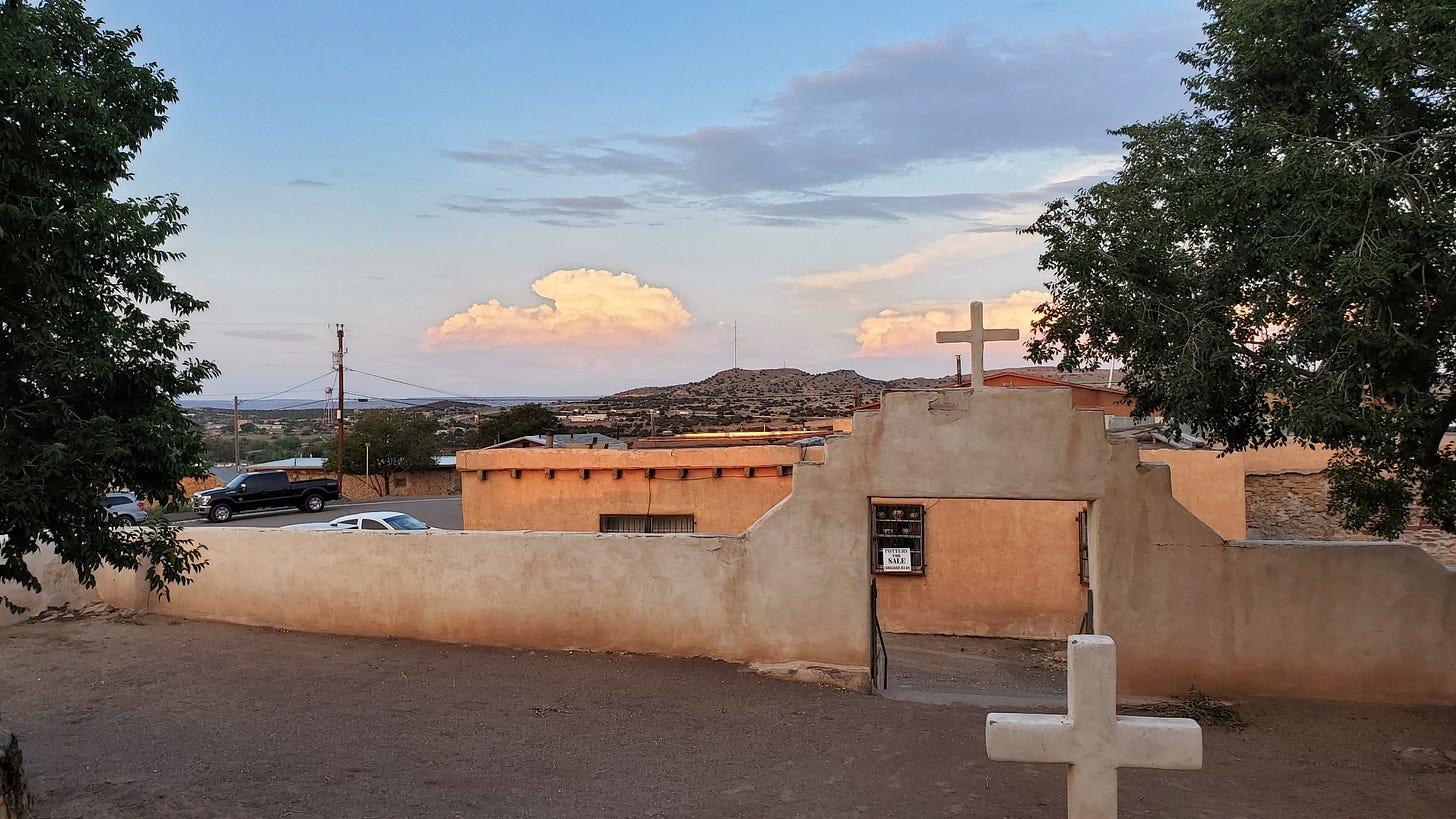‘We’re double-blessed’ - the faith of Native American Catholics (Part 2)
A Pillar special report
The U.S. bishops’ conference approved in June the drafting process for a comprehensive vision statement on Native American and Alaska Native Catholic ministry.

The statement will be produced by the conference subcommittee on Native American affairs.
But w…
